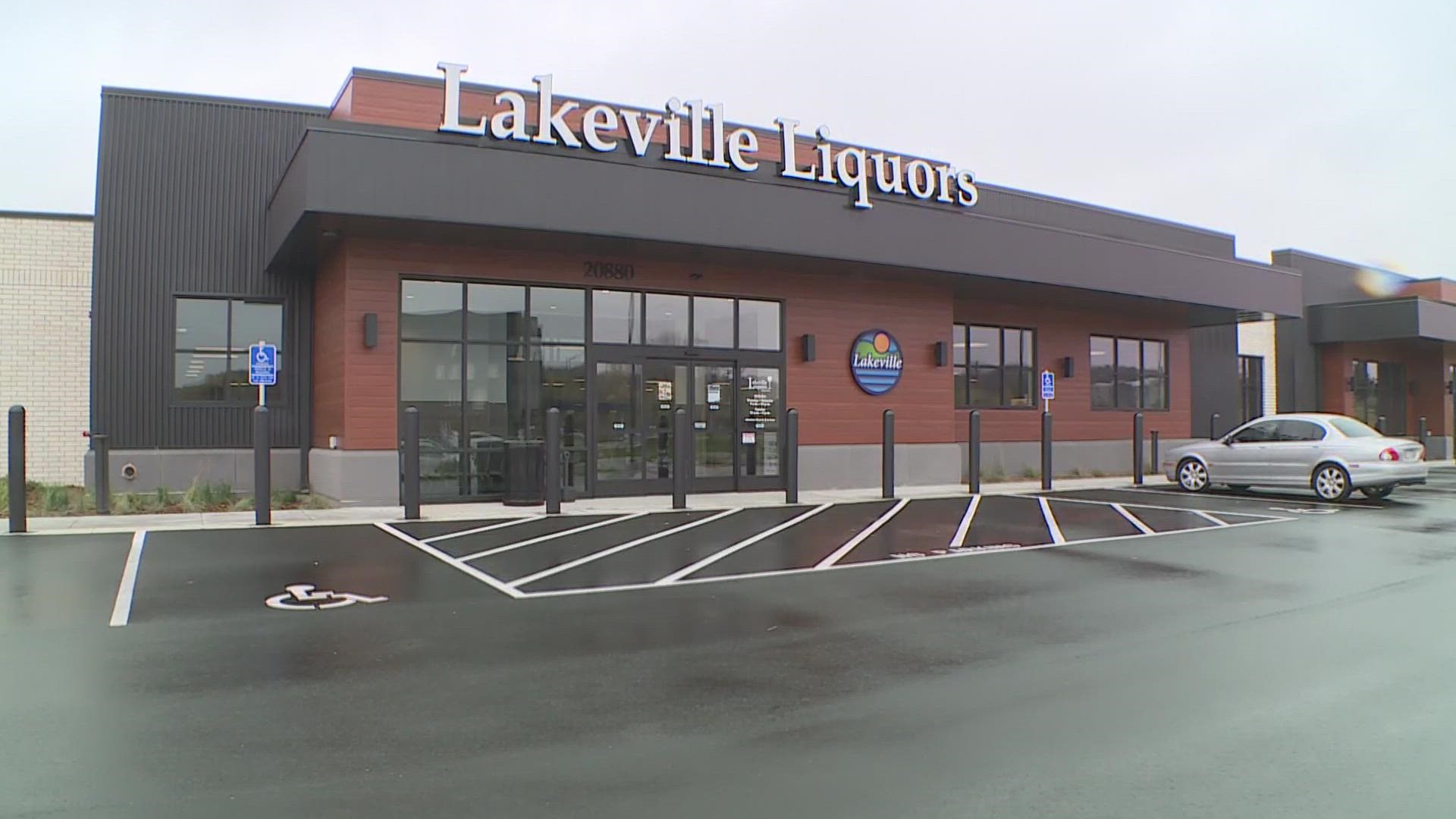ST PAUL, Minn. — It appears that Minnesota's municipal liquor operations thrived during the first year of the COVID pandemic, especially off-sale liquor stores, according to new statewide numbers released Thursday by State Auditor Julie Blaha.
Her team's annual analysis of municipal liquor sales found city-owned liquor stores set new sales records again in 2020, marking the 25th consecutive year of hitting new high marks.
Net profits for combined off-sale and on-sale liquor operations rose 29 percent in 2020, compared to 2019. Municipal liquor stores that sell packaged alcohol saw net profits rise 35 percent.
"Municipal liquor stores were one of the first things open during the pandemic, so they were able to test out a lot of the safety measures we’re using in any place we’re selling food," Blaha told reporters.
"So, we do owe a debt of gratitude to all those employees who figured out plexiglass, and figured out distancing, and figured all that out early in the pandemic."
The flip side was on-sale operations such as city-owned bars and restaurants where liquor is served for consumption on premises. That sector saw profits fall by 11 percent in 2020.
That was most likely the result of COVID-related restrictions that shuttered restaurants and initially didn't allow to-go alcohol at restaurants.
The city of Lakeville led the state in 2020 in both total sales at $18 million and net profits at $1.7 million. At the time the city had three retail liquor outlets, but recently opened a fourth location.
The auditor cautioned that the comparison of cities is not just about sales totals, noting that most municipal liquor stores are in smaller towns outside of the Twin Cities Metro.
"I don’t think you can simply look at who’s made the most money and say that's the best store. You have to look at what is the purpose and how is it serving their community," Blaha explained.
"You could have a store that’s making only a little bit, maybe even having a slight loss, but because they provide a service to their community, they’re doing exactly what their neighbors want."
According to the report, 179 Minnesota cities operated 213 municipal liquor stores in 2020. A total of 86 cities had both on‐sale and off‐sale liquor establishments, and 93 cities had liquor stores only.
There were 37 cities that reported net losses during 2020, which may have also reflected travel restrictions during the pandemic. All but one of those 37 cities that lost money on their liquor operations were in Greater Minnesota.
Under state law, any city that loses money on its liquor enterprise for two years during a three-year period must hold a public hearing to discuss the implications. In some cases, the cities are willing to operate at a loss temporarily because it fills a void in the market or serves some other function.
"This law is not telling you as a city what you need to do. You just have to talk about it. Bring the community together and have a conversation," Blaha explained.
There's a reason that most municipal liquor stores are in smaller cities outside of the metro. The law is set up that way, according to Blaha's staff.
"You can start a municipal liquor store if your population is under 10,000," John Jernberg, a research analyst specialist in the Office of the State Auditor, explained.
"So, some of these communities that are very large now started their municipal liquor stores when they were smaller communities."
Privately-owned liquor stores and restaurants aren't required to provide sales and profit figures to the State Auditor, so her report makes no assumptions about whether those trends were true for the entire alcohol industry in the state during 2020.

